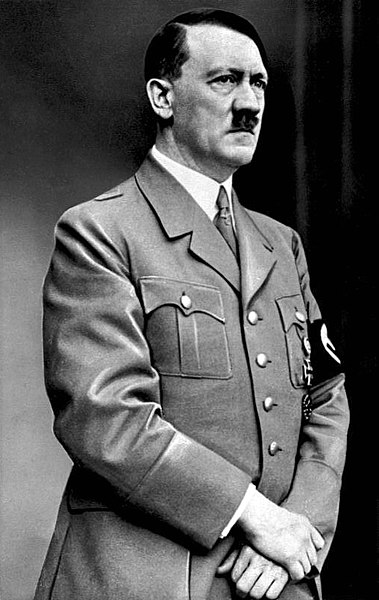Over sixty years after the death of Adolf Hitler and the destruction of Nazi Germany by Allied armies the Third Reich continue to fascinate both academic and amateur historians. It is a period of time continuously embroiled in controversy and yet piques the curiosity of millions. The question becomes whether or not the Nazi state found its roots in the German past and cultural history, or was rather the product of modern crises and economic catastrophe. The course aims to combine a chronological, biographical and thematic approach to explaining the history of the Third Reich by covering Germany's historical roots leading to the emergence of the Nazi party, the rise of Hitler, and the fall of the Third Reich's fascist police state.
As outlined by the professor the objectives of CHST 603 are:
- To examine the Third Reich in its contemporary setting and to establish a factual framework for its history.
- To understand the relationship between National Socialism and the conduct of foreign and domestic policy.
- To improve your ability to think critically and to analyze data by undertaking the kind of research required for an upper level university essay or a professional or academic report or publication and to write and present it clearly and effectively.
- Introduction to History of the Third Reich
- Roots of the Third Reich 1871 - 1919
- Struggle for Power 1920 - 1932
- Seizure of Power 1933 - 1934
- Consolidation of Power 1934 - 1939
- The Nazi Revolutionary State 1933 - 1936
- From Appeasement to Blitzkrieg 1936 - 1941
- Germany at Total War 1941 - 1943
- The Making of the Racial State 1933 - 1940
- The Final Solution 1941 - 1943
- The Fall of the Third Reich 1944 - 1945
- Aftermath 1945 - 2009
- Klaus P. Fischer, Nazi Germany: A New History, (New York: Continuum, 1995.)
- Christopher R. Browning, Ordinary Men: Reserve Police Battalion 101 and the Final Solutionin Poland, (New York: HarperPerennial, 1998.) [second edition]

No comments:
Post a Comment